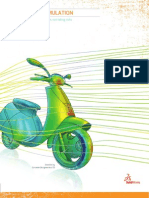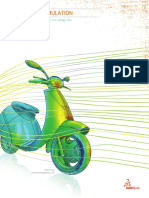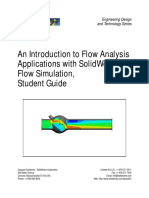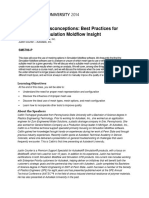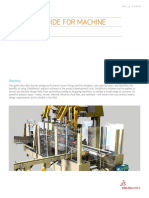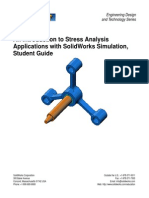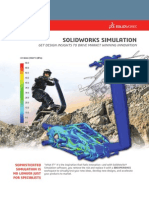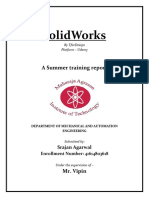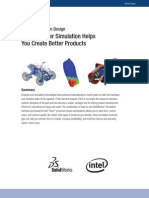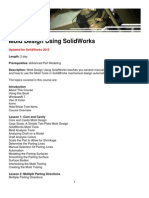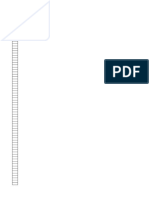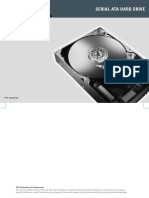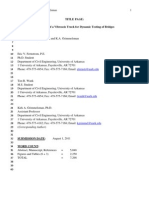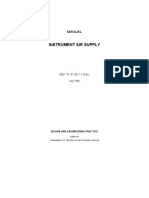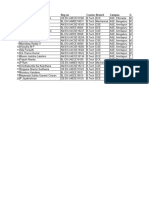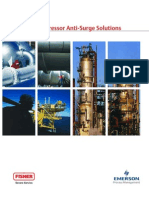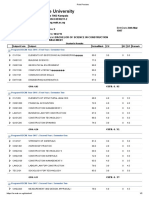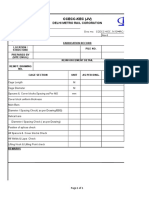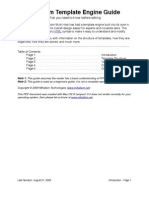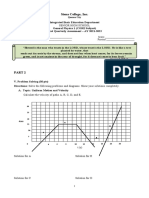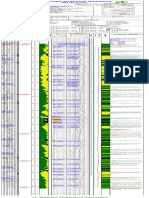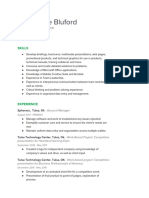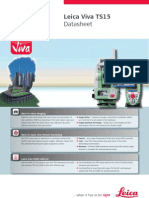0% found this document useful (0 votes)
122 views4 pagesMODFLOW & Visual MODFLOW Guide
MODFLOW is a widely used groundwater flow simulation program developed by the USGS that can run on Windows, Unix, and Linux operating systems. It uses a finite difference method to solve the groundwater flow equation and simulate groundwater movement through aquifers. The source code is free and open source. Visual MODFLOW is a popular graphical user interface for MODFLOW that divides the modeling process into input, run, and output modules to streamline groundwater modeling. It has various applications like evaluating groundwater remediation systems and delineating well capture zones.
Uploaded by
Abdul MoeedCopyright
© © All Rights Reserved
We take content rights seriously. If you suspect this is your content, claim it here.
Available Formats
Download as DOCX, PDF, TXT or read online on Scribd
0% found this document useful (0 votes)
122 views4 pagesMODFLOW & Visual MODFLOW Guide
MODFLOW is a widely used groundwater flow simulation program developed by the USGS that can run on Windows, Unix, and Linux operating systems. It uses a finite difference method to solve the groundwater flow equation and simulate groundwater movement through aquifers. The source code is free and open source. Visual MODFLOW is a popular graphical user interface for MODFLOW that divides the modeling process into input, run, and output modules to streamline groundwater modeling. It has various applications like evaluating groundwater remediation systems and delineating well capture zones.
Uploaded by
Abdul MoeedCopyright
© © All Rights Reserved
We take content rights seriously. If you suspect this is your content, claim it here.
Available Formats
Download as DOCX, PDF, TXT or read online on Scribd
/ 4
